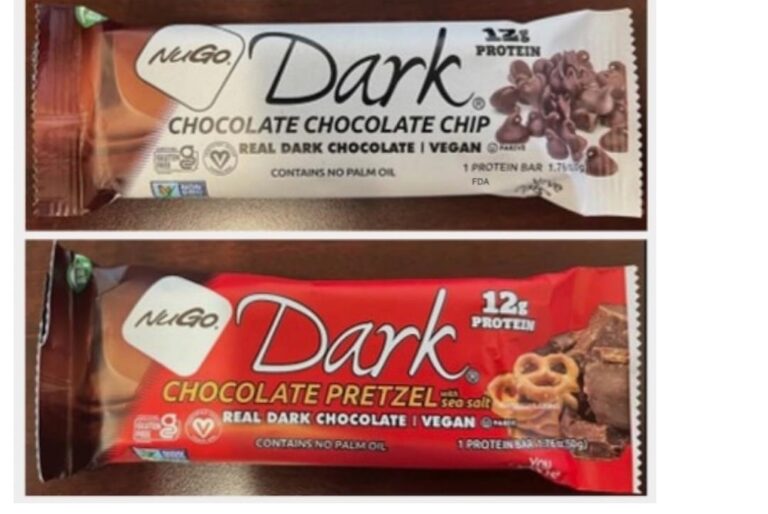Google’s Android operating system edged out Apple’s iPhone operating system for the No. 2 spot in the U.S. consumer smartphone market in the first quarter, research firm NPD Group reported Monday.
According to NPD, devices running Android accounted for 28 percent of the units sold to U.S. consumers in the first quarter of 2010.
BlackBerry devices made by Research In Motion, which use RIM’s homegrown operating system, took the top spot with 36 percent of the U.S. market. Apple’s iPhone, which had been in the No. 2 spot previously, fell to third place with 21 percent of the market.
NPD’s figures are based on self-reported consumer surveys and they estimate the number of devices sold to consumers. The figures do not include sales of devices to business customers through enterprise contracts.
Android is an operating system that is available on several different models of phones made by different manufacturers, such as Motorola, HTC, and Samsung. Meanwhile, Apple’s operating system is used only on Apple’s own iPhone.
Ross Rubin, an analyst with NPD, attributed the strong growth in Android to the fact that devices using Android software are now available on all major U.S. carrier networks.
Verizon Wireless, in particular, has helped fuel success for the operating system. Verizon launched a major marketing campaign for devices, such as the Motorola Droid, last year. And Verizon, the largest U.S. wireless operator, has also been including Android devices in its buy-one-get-one free smartphone promotion.
T-Mobile USA also features Android phones as its flagship smartphones, and AT&T has begun selling Android phones.
“The wireless carriers in the U.S. are still the king makers in the mobile market,” said Rubin. “Verizon in particular is what is making the Android so successful right now with its promotions and marketing.”
Rubin said that strong sales of the Motorola Droid, HTC Droid Eris, and RIM’s Blackberry Curve via these promotions have helped keep Verizon’s smartphone sales on par with AT&T in the first quarter.
NPD’s data suggests that smartphone sales at AT&T account for nearly a third of the entire smartphone market, about 32 percent. Verizon Wireless accounted for 30 percent of smartphone sales. T-Mobile made up 17 percent of all smartphone sales and Sprint brought in 15 percent of all smartphone sales.
There is no question that Apple’s iPhone is still very popular. Last month, AT&T reported that it had activated about 900,000 iPhones for new customers during the first quarter. It also sold another 1.8 million iPhones to people who were already AT&T customers. Without the iPhone, AT&T’s subscriber growth for contract customers would have been negative.
But the NPD findings suggest that sales of the phone could be even higher in the U.S. if the device was available on other carrier networks, such as Verizon Wireless. Reports surfaced in March that the iPhone could be coming to Verizon soon. But definite plans for a Verizon iPhone have still not been announced.
“If the iPhone was available today on Verizon, Apple would certainly grow market share,” Rubin said. “But it’s harder to say what will happen in the long term. It’s difficult to know what the feature-set will look like on phones in a year. But it’s clear the iPhone still has enough cachet today to pick up market share.”
(Source: CNET)










